How to grow parsley
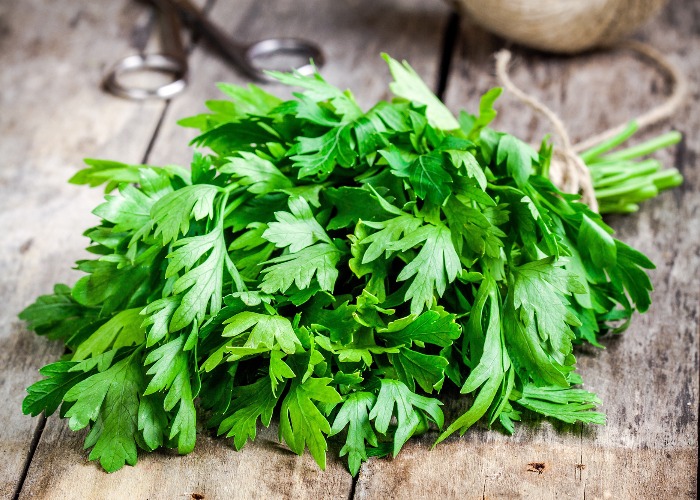
No kitchen should be without this versatile herb. Here’s everything you need to know to keep your supermarket parsley alive or learn to grow your own.
Breath freshener, bone strengthener, packed with flavour – parsley is much more than just a garnish. Snip the curly variety into butters, stuffings and tabbouleh, or turn the flat-leaved kind into gremolata, hummus or pesto. You can even eat the roots.
If you want to grow your own, parsley can be cultivated from seed outdoors and indoors. You can also buy small plants from garden centres, or try nurturing a supermarket herb indoors – though results can be very patchy. Give plants a bright spot on a balcony, patio or sunny windowsill. With some winter TLC, you can pick parsley all year round.
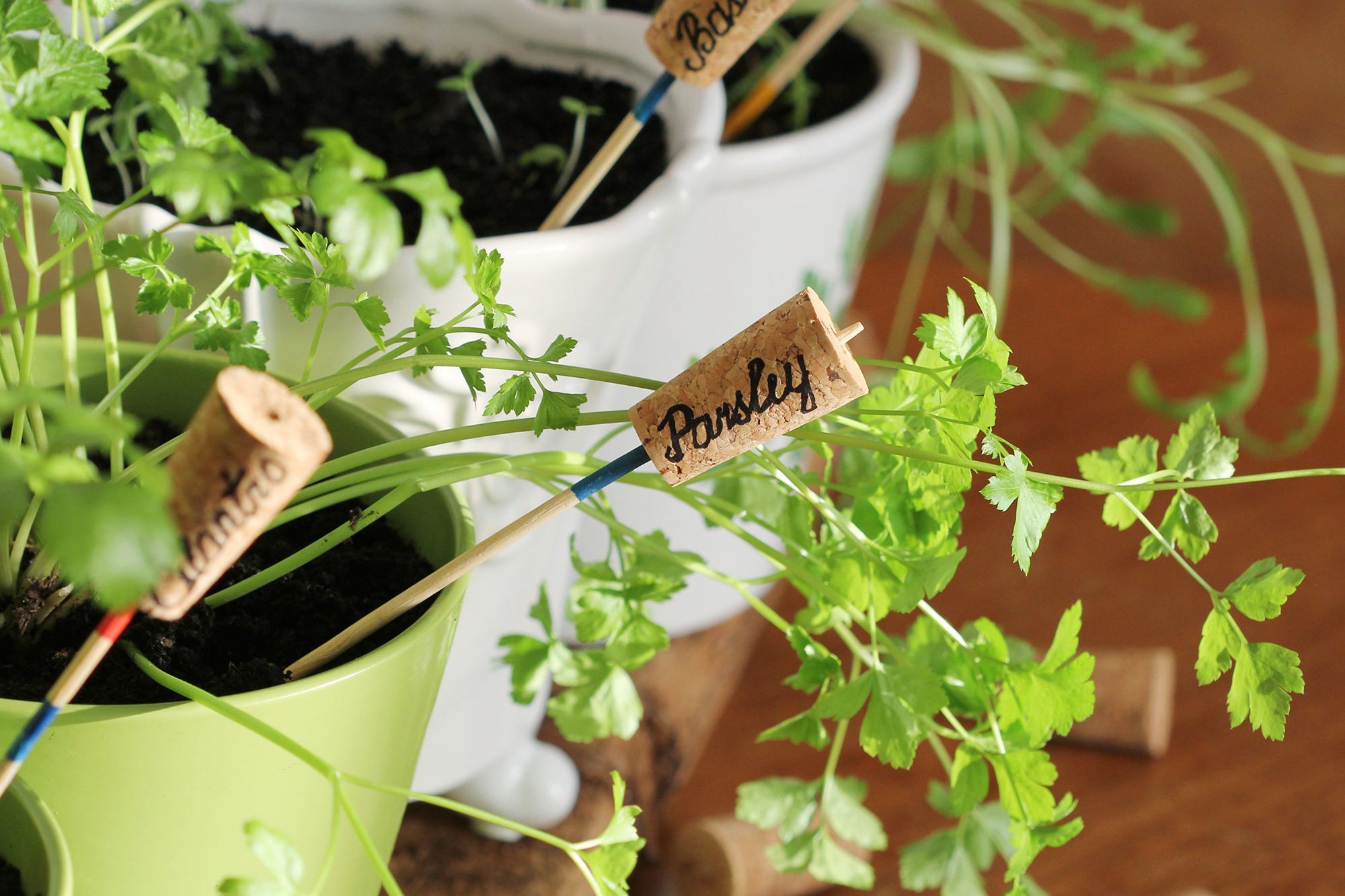
vaivirga/Shutterstock
Growing parsley indoors
If you’ve picked up mature plants at a garden centre to furnish your windowsill, choose the spot carefully. Ideally, the plant needs at least six hours of direct sunlight every day. Turn the pot every few days so it doesn't become straggly. A kitchen is an ideal location as your little parsley plant will revel in the humidity.
Alternatively, you can sow the seeds indoors on a sunny windowsill. Try one or two seeds per small pot and cover with 1cm (around half an inch) of soil. Don’t worry if some seeds don’t make it – parsley has a low germination rate.
You can also take cuttings from a friend or neighbour’s parsley. Cut a 7cm (2.7 inch) snippet with a few leaves on top and place immediately in a vase of water. Place on a windowsill and in a few weeks the cutting will form a white network of roots. Transfer into soil as soon as you can and grow on.
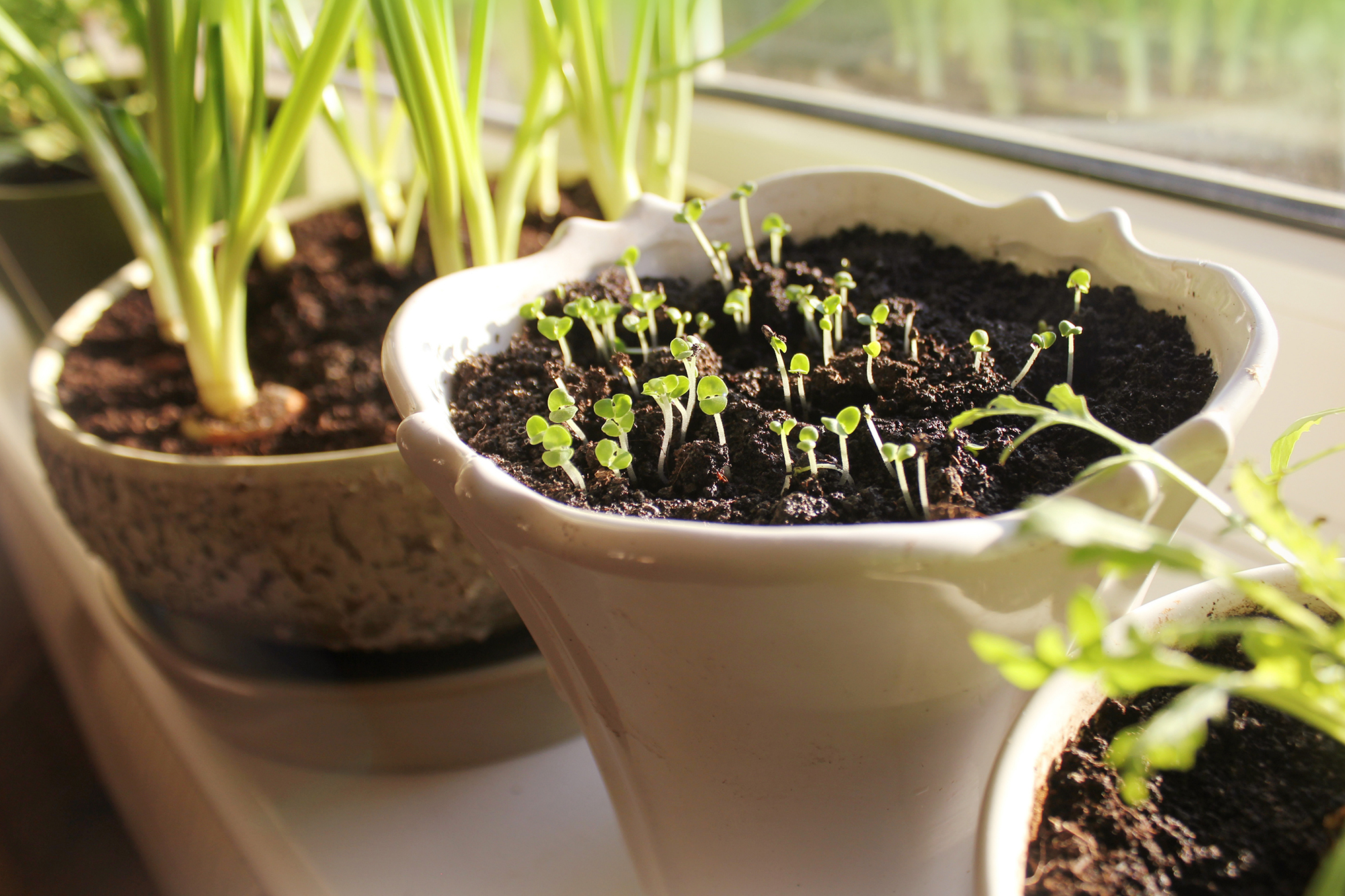 vaivirga/Shutterstock
vaivirga/Shutterstock
Growing parsley outdoors
Parsley can be sown from March outdoors but it pays to wait until April or May because it tends to sulk at low temperatures. Scatter the seed thinly in a row, or into a 25cm (10 inch) pot, and cover with 1cm (around half an inch) of soil. In six weeks, you should have small plants. It’s worth sowing again in summer so you have a continuous supply.
Alternatively, you can start the seeds off indoors from February. Transplant the seedlings into single pots while they are small. Mature plants have a long taproot and don’t like to be disturbed. Acclimatise plants to outdoor conditions gradually by putting them out in the day and bringing them in at night for a few weeks.
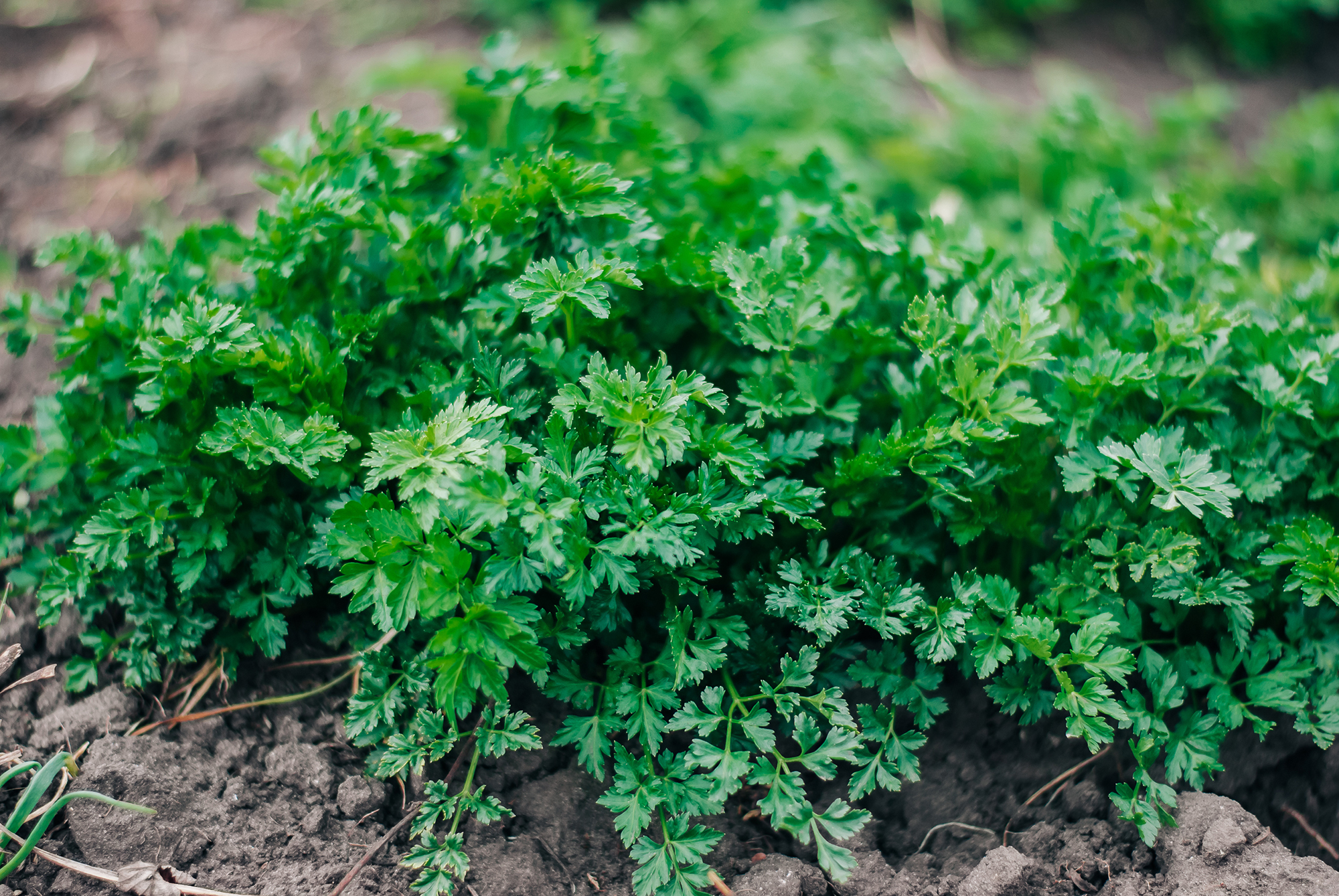
mil87olia/Shutterstock
Parsley plant care
To harvest parsley, aim for the centre of the plant. Parsley makes new growth at the ‘crown’ which is where the sweetest leaves grow. Harvest new leaves and leave behind the older stems which get bitter as they age.
Outdoor-sown parsley will also need to be thinned (i.e. every other seedling removed) so there’s room for each plant to grow. Keep the soil moist, especially in the summer, as the plants can produce flowers in dry weather. Pinch off any flowers to encourage the plant to put energy back into leaf growth.
In September, you can harvest the roots. They look like parsnips but taste like carrots or celeriac. Use raw in slaws or slice and roast for chips.
Parsley is a biennial plant which means it will naturally only grow for two seasons – you’ll need to replace old clumps indoors or out. Mature outdoor plants can send out offsets, tiny baby plants, which can be carefully cut away from the parent, with root attached, and replanted.
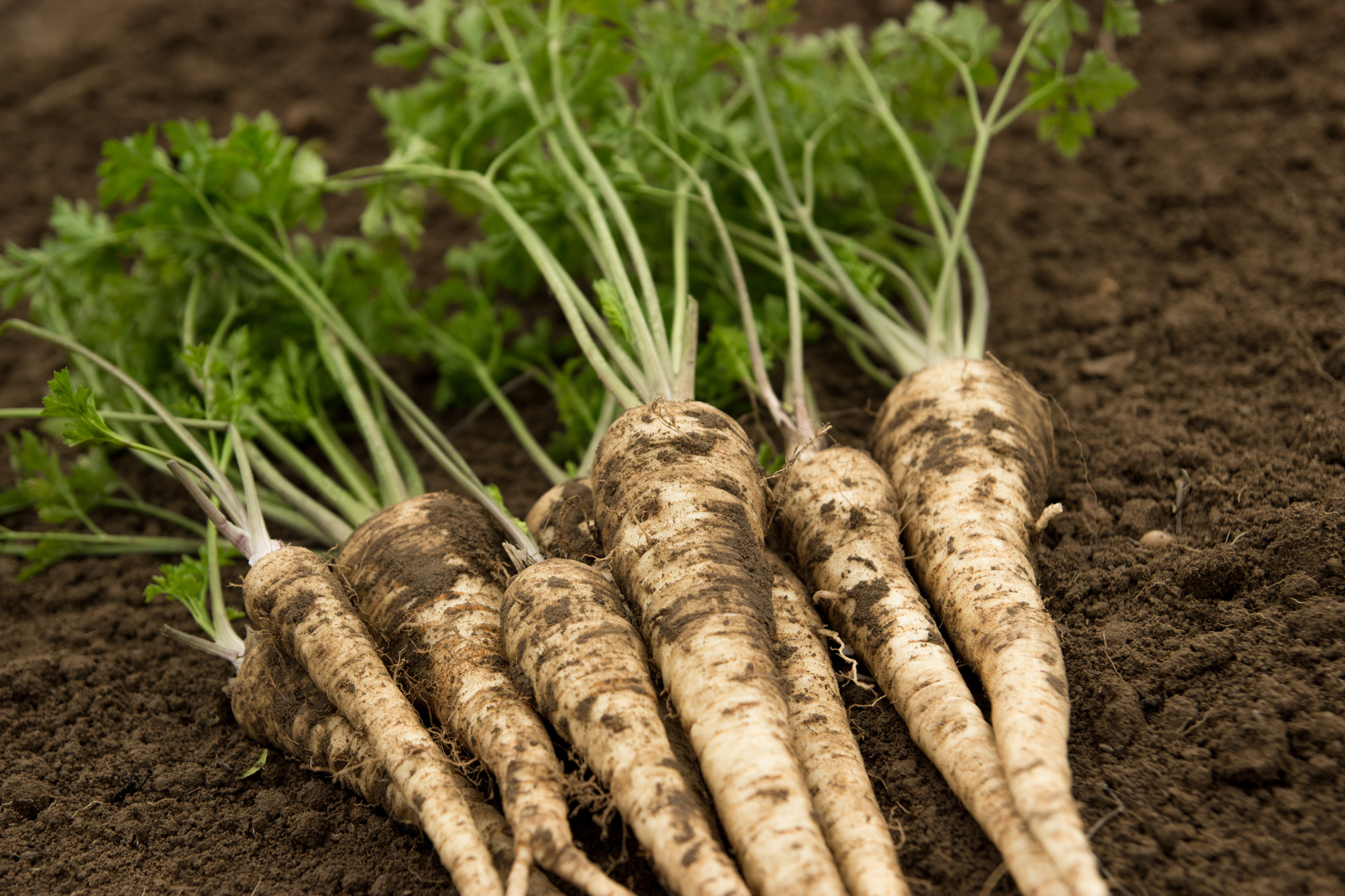
SujaImages/Shutterstock
Why does my parsley keep dying?
Parsley can be a fussy plant. Overcrowding is the most common cause of poor parsley growth, as well as over or under watering.
Indoor parsley needs a lot of moisture. Water in the mornings into a tray under the plant rather than watering from above, and only once the soil feels dry. Direct more light to the plant by making a light box from an old cardboard box lined with foil.
Outdoors, plants might need some protection over winter. Cover the pot or row in fleece from October. They’re also susceptible to carrot fly damage – larvae feed on the roots and cause them to rot. Pots offer a great advantage as the pest cannot fly above 60cm (2 feet). Try not to crush the leaves when you harvest them as the flies are also drawn to the aroma.
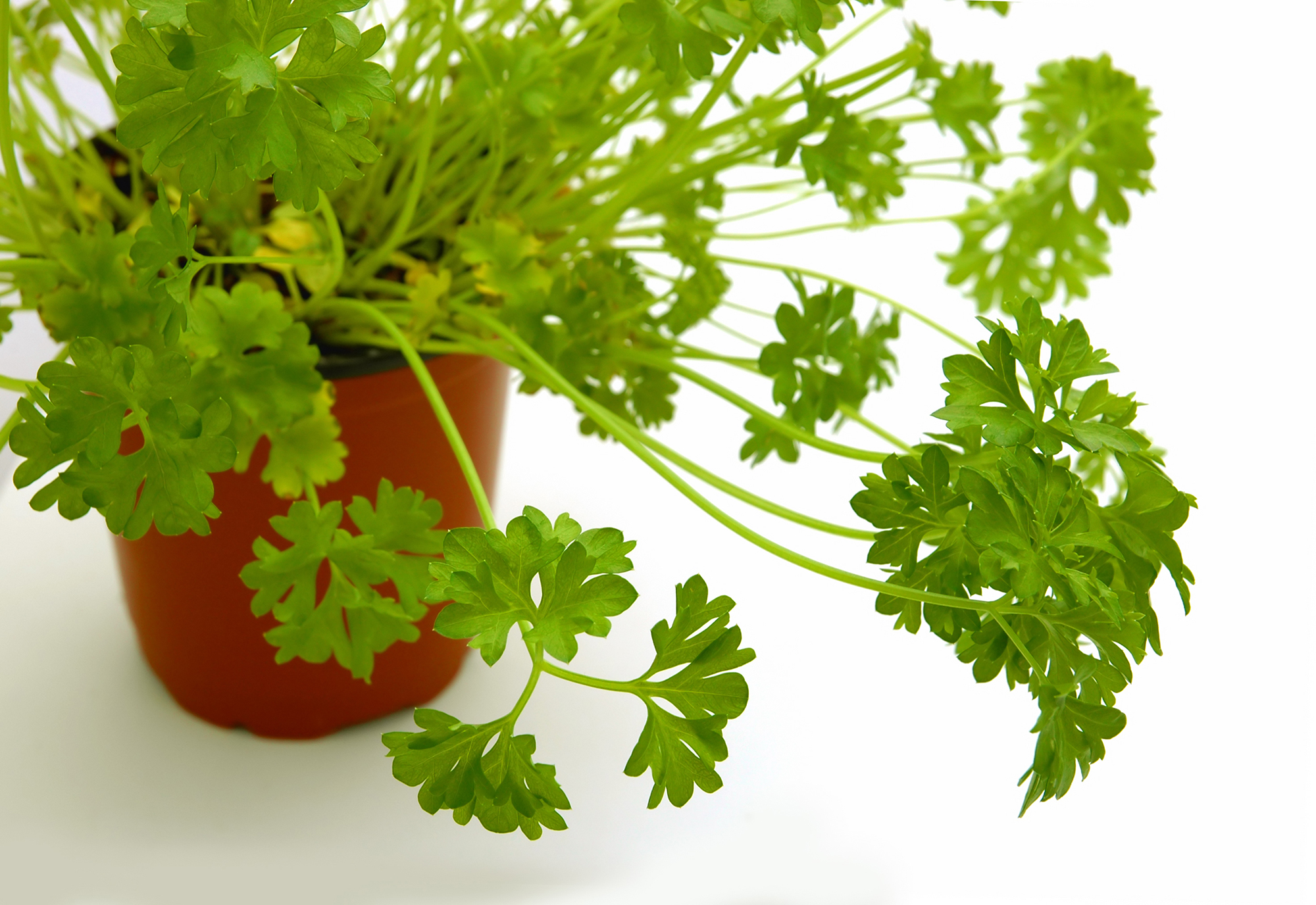
photogal/Shutterstock
How do I keep my supermarket parsley alive?
Supermarket herbs are grown speedily, seedlings are crowded into a pot, forced into growth in artificial conditions and cultivated to look good for two weeks on the shelf. Throw in poor watering and light levels in the shop and it’s not surprising they don’t last much beyond the first trim.
To extend its life, unwrap parsley from the cellophane as soon as you get home and give it a good water. Get the plant out of the pot and split it, root and all, into several clumps. Re-pot two or three to a pot, give them a multi-purpose feed, and your supermarket waifs might just have a fighting chance.
You might also like:
Comments
Be the first to comment
Do you want to comment on this article? You need to be signed in for this feature